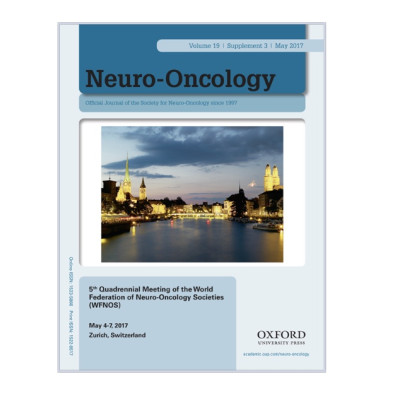Publication
Combined in-silico and on-chip validation of pseudopalisade formation hypothesis in Glioblastoma
A. Martínez-González, J.M. Ayuso, R. Monge, M. Virumbrales-Muñoz, G.A. Llamazares, A. Hernández-Laín, P. Sánchez-Gómez, V.M. Pérez-García, L.J. Fernández, I. Ochoa
Neuro-Oncology 19(3):iii62-iii62 (2017)
MOLAB authors
Abstract
Introduction: Hypercellular regions surrounding necrotic areas in glioblastoma (GBM), named pseudopalisades, are characteristic of these tumors and have been hypothesized to be waves of migrating GBM cells. These structures are thought to be induced by oxygen depletion caused by the accumulation of cells far from nutrient supplies (chronic hypoxia) and/or tumor-induced blood vessel occlusion (acute hypoxia). The universal appearance of these structures in GBM suggests that they may play an instrumental role in their spreading and invasion. However the validation of the mechanisms of pseudopalisade formation has remained challenging. Materials and methods: A mathematical model was developed incorporating the main mechanisms of pseudopalisade formation. Oxygen coming from straight vessels drives phenotype changes. A third phenotype was included accounting for hypoxic cells switching back to a more proliferative phenotype in regions of normoxia. Experiments were done by embedding different densities of U-251 MG cells within a collagen hydrogel in a custom-designed microfluidic device. By controlling the medium flow through lateral microchannels, we mimic and control blood-vessel obstruction events associated with this disease. Results: Nutrient and oxygen starvation triggered a strong migratory process leading to pseudopalisade generation in silico and in vitro. Also, cells at greatest distance from oxygen supply became hypoxic after a critical point in tumor growth was reached (due to increased metabolism) forming pseudopalisades both in silico and in vitro. All the elements included in the mathematical model were necessary to describe both types of phenomena pointing out to the insufficiency of the go-or-grow hypothesis to describe pseudopalisade formation on-chip. Conclusions: Using a combination of computational and experimental techniques, we proved the feasibility of the two hypotheses of pseudopalisade formation, driven by either acute or chronic hypoxia. Additionally, we verified the potential of microfluidic devices as advanced artificial systems capable of experimentally modeling nutrient and oxygen gradients during tumor evolution.
FUNDING: National Research Program, Spain (BIO2016-79092-R, DPI2015-65401-C3-1-R, MTM2012-31073, bes-2012-059940, PI12/00775, PI13/01258 and RD12/0036/0027); FEDER Spain [MTM2015-71200-R]. Junta de Comunidades de Castilla-La Mancha, Spain [PEII-2014-031-P]. James S. Mc. Donnell Foundation, USA (220020420 and 220020450).















